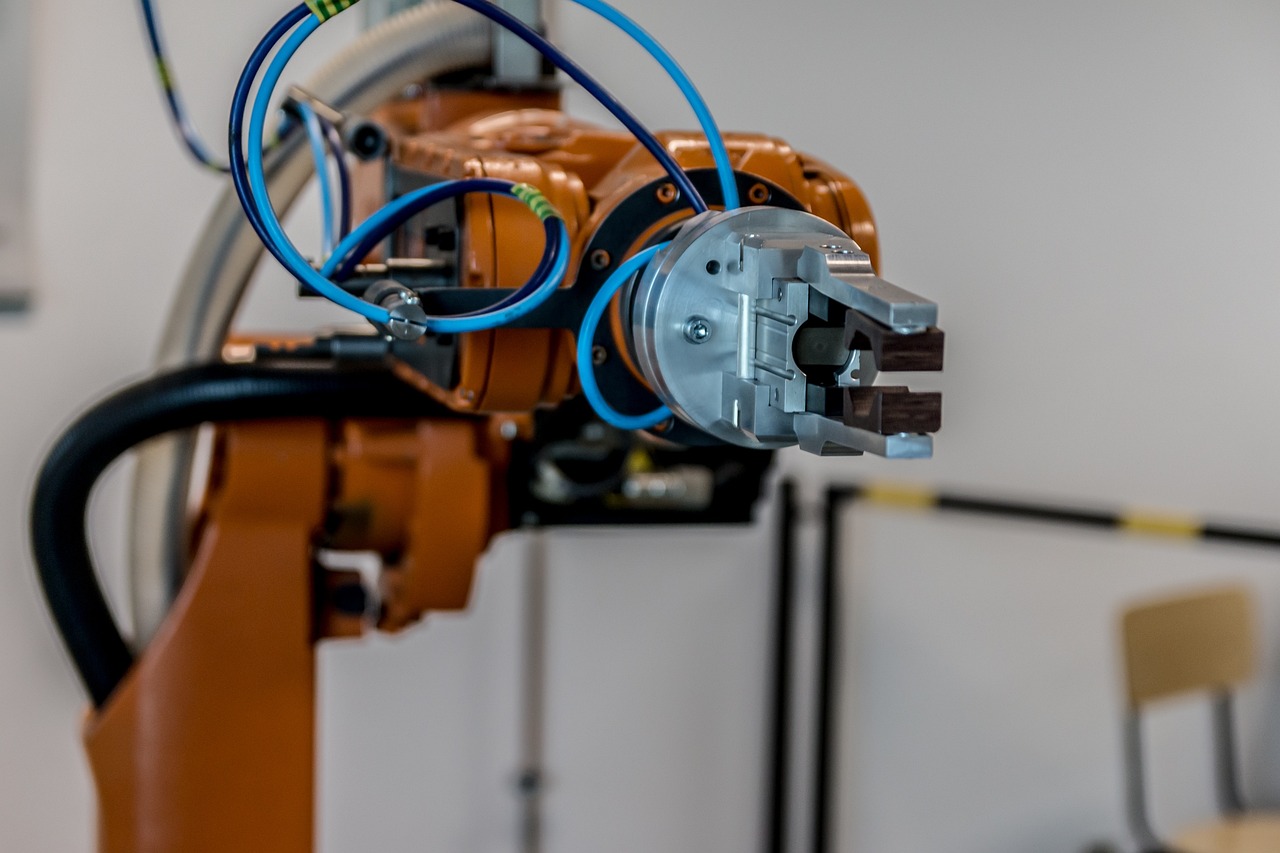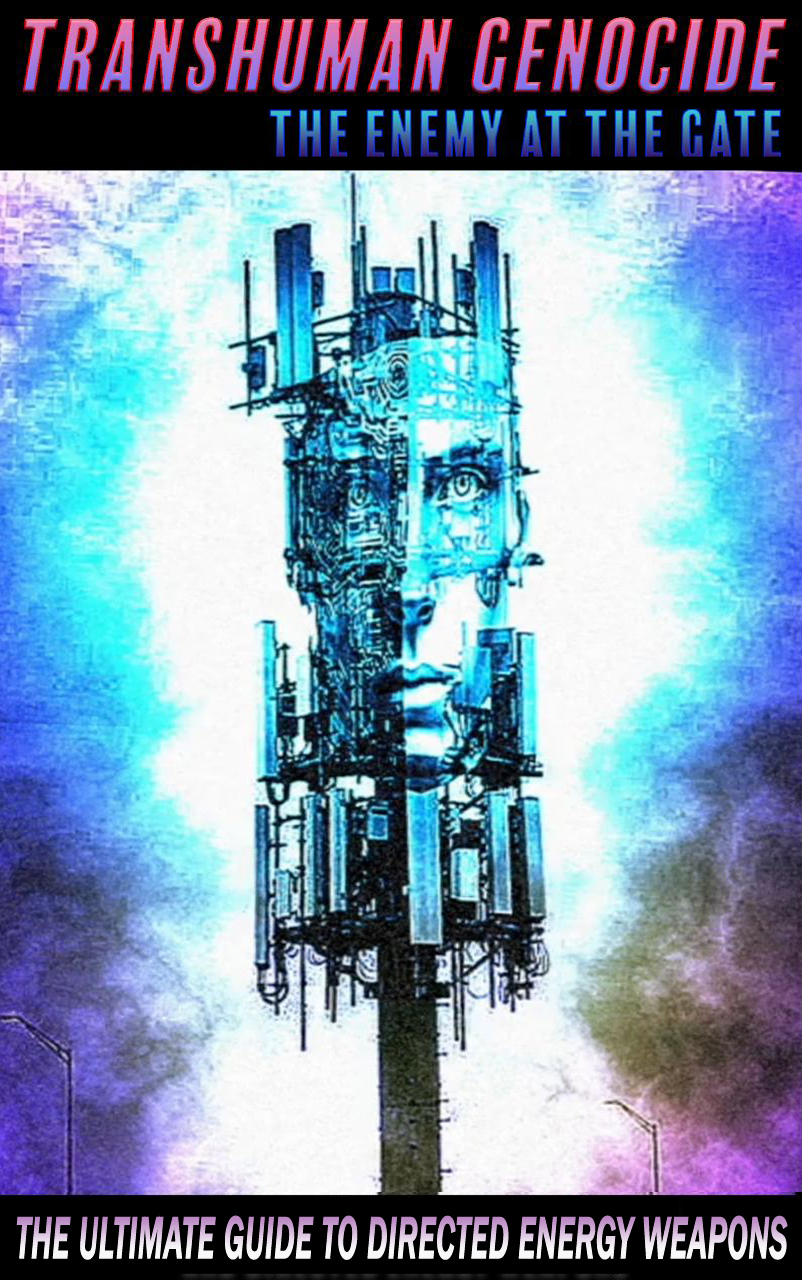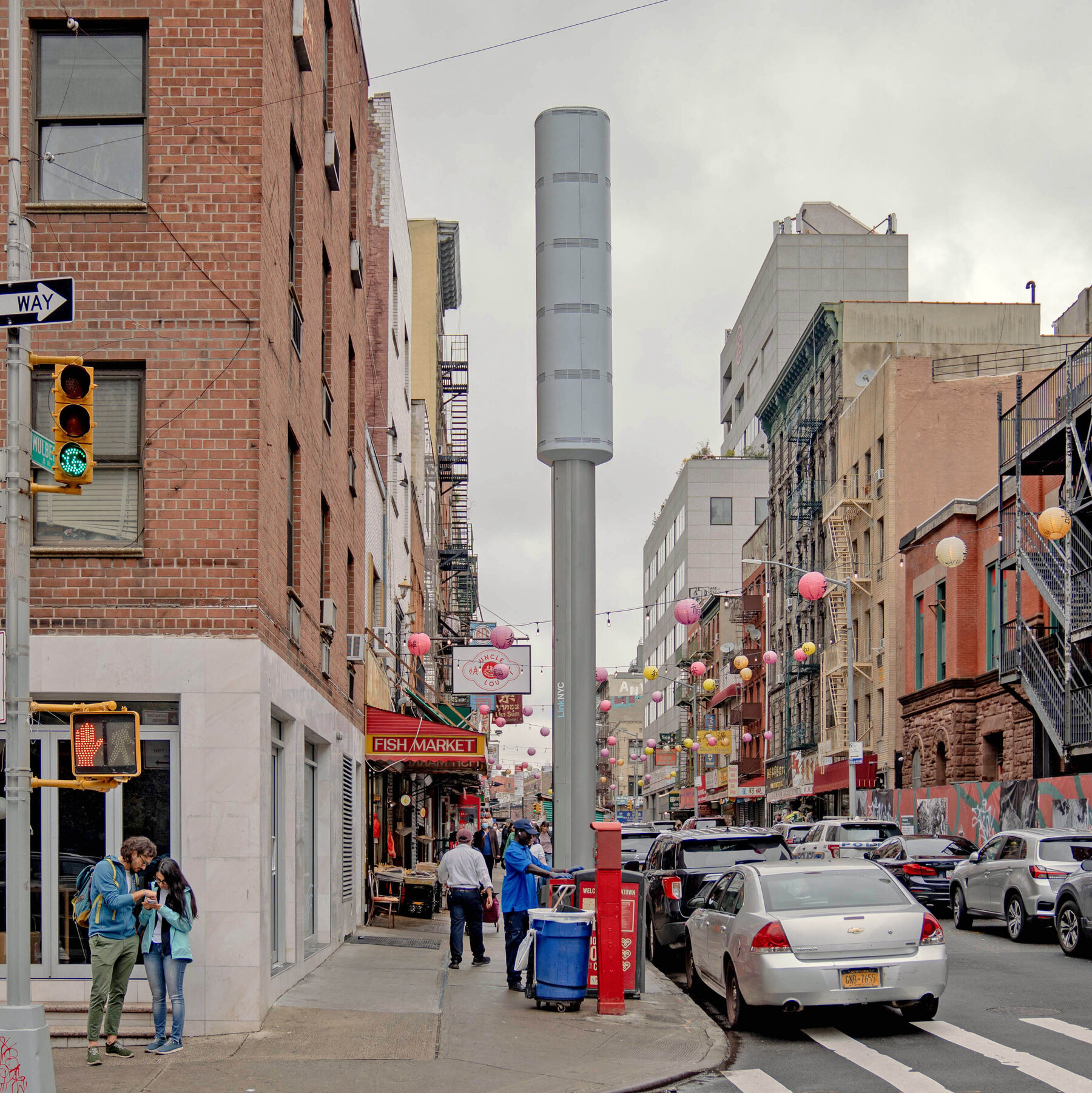Various job openings in robotics, automation, and artificial intelligence are rapidly emerging across Germany, from positions like Robot Programmer to Industrial Electrician for welding robot systems. Companies and institutions like the Karlsruhe Institute of Technology and the University of Duisburg-Essen are actively seeking professionals in these fields, signaling a significant shift towards automation and AI integration.

Tech giants like IBM, Meta, and Microsoft have initiated mass layoffs in 2025, automating tasks previously handled by human employees. IBM alone automated 94% of HR tasks, resulting in 8,000 job cuts. This wave of automation is not confined to individual companies but is permeating various sectors, threatening roles like HR professionals, software engineers, and middle management. The economic repercussions of this shift are profound, potentially exacerbating income inequality and reshaping the job market landscape.
Companies such as Amazon, Google, and Salesforce have openly embraced AI technology to replace human workers, sparking concerns about the future of employment. The trend of replacing workers with AI is evident in actions taken by these companies, raising questions about the broader impact on the labor force and societal structures. The rise of AI in the workplace is causing anxiety among employees, with predictions that over half of entry-level white-collar jobs could be at risk in the near future.
The increasing utilization of AI by tech companies has far-reaching implications, both in terms of job displacement and the creation of new roles. While AI promises greater efficiency and productivity, it also poses a threat to traditional employment models. As AI reshapes work processes and job demands, workers are urged to adapt and cultivate AI-resistant skills to navigate the evolving job market landscape.
The intent behind the widespread adoption of AI in the workforce becomes clear when viewed through the lens of the WEF’s Fourth Industrial Revolution agenda. By replacing human workers with AI, corporations gain greater control over production processes and labor costs, ultimately consolidating power in the hands of a select few. This deliberate strategy of automation serves the interests of a techno-elite class, reinforcing a system of technological dependence and economic hierarchy.
The means through which AI is integrated into various industries align with the long-standing agenda of the New World Order to centralize power and resources. By leveraging AI to streamline operations and reduce human involvement, corporations further entrench their dominance over global markets, perpetuating a cycle of economic inequality and societal control. The opportunity to reshape the workforce in favor of automated systems presents a strategic advantage for those seeking to consolidate authority and influence on a global scale.
Looking ahead, the trajectory of widespread AI adoption points towards a future where human labor is increasingly marginalized in favor of automated systems. As tech companies continue to prioritize efficiency and cost-effectiveness through AI integration, the human workforce faces unprecedented challenges. It is imperative for individuals to recognize the broader implications of this shift towards automation and take proactive steps to safeguard their livelihoods and autonomy in the face of the looming specter of AI-driven disruption.

